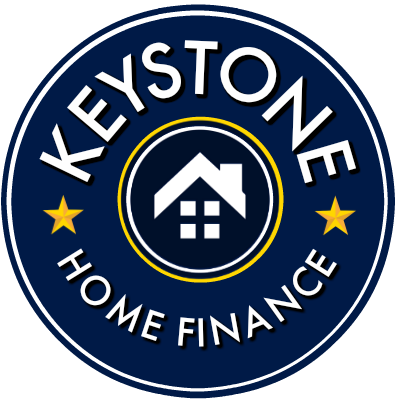Don't Let Underwriting Overlays Hijack your Mortgage Approval
All too often these days, we hear about mortgage applications being denied due to tight underwriting guidelines. Often is not the standard underwriting guidelines of FHA, USDA, VA, Fannie Mae or Freddie Mac that is tripping up these loan files but the restrictions of the lender itself.
Sometimes it may seem like these conditions pop up out of nowhere but they do not. Underwriters work for the lender and they are paid to underwrite each file according to the written underwriting manual published by that lender. Even though sometimes it seems like they just make this stuff up as they go along, they don't. Each lender publishes these underwriting manuals for loan officers to check as well, it is really simply just a matter of reading them. Potential snags in the underwriting process can typically be avoided by selecting a loan officer who has taken the time to familiarize themselves with the individual requirements of the lenders.
So who really makes up these underwriting guidelines any way?
When it comes to underwriting guidelines, FHA, USDA, VA, Fannie Mae and Freddie Mac all have their own set of standard guidelines that must be met in order for a mortgage to be either guaranteed, insured or sold to them. A lot of these guidelines overlap each other but within each program there are guidelines that make that particular program unique. Requirements between the programs often differ in regards to down payment, credit score, debt to income ratios and other factors.
Requirements within the same program can also differ by individual lender. When a lender has its own guidelines on top of the standard underwriting guidelines of FHA, USDA, VA, Fannie or Freddie Mac, it is known as an underwriting overlay. These overlays can mean the difference between mortgage approval and denial.
Why would a lender have its own underwritng overlay anyway?
Risk or perceived risk that is. Underwriting overlays have always been around to some degree but in the last few years with a tight secondary mortgage market, turbulent economy and the closing of many banks, there has been low appetite for risk in the lending world. This translates to tighter lending guidelines. Just like individual people have varying appetites for risk, the same applies to individual lenders. For example, a particular lender may not be willing to lend on a lower credit score even though FHA allows for it. Why? If the loan defaults the lender still may absorb a loss even with the partial backing of the government program.
What are some common underwriting overlays out there?
Credit scores, loan amounts and debt to income ratios are common overlays. Overlays have also been seen in regards to VA cash out restrictions, owning more than one FHA/VA/USDA property, and total number of financed properties.
Just recently, I had to bypass one of these common underwriting overlays. I had a borrower purchasing a home who was job transferring to another part of the state. The borrower wanted to use USDA financing to take advantage of the 100% financing option. The borrower wished to fix up their current home before readying it for sale, but they needed to move into the new home right away. This would leave them in a position of owning more than one home for a period of time. USDA actually does allow a borrower to own more than one home at a time as long as the new home is more than 50 miles from the home to be purchased and the unsold home is not a home currently financed by the USDA. Even though the USDA allows for this scenario, the majority of USDA lenders do not. This is their own underwriting overlay on top of the USDA guidelines. I had access to one USDA lender that did not have this common overlay and the loan closed and funded as scheduled.
What is the best way to prevent one of these overlays from ruining my application?
At time of application, all issues that could possibly effect your loan application should be disclosed. This gives the loan officer the best chance of avoiding an overlay before the file reaches the underwriter's desk. Since different lenders have differing overlays, a knowledgeable loan officer can select the right lender to match your situation before these overlays hijack your lending transaction.
